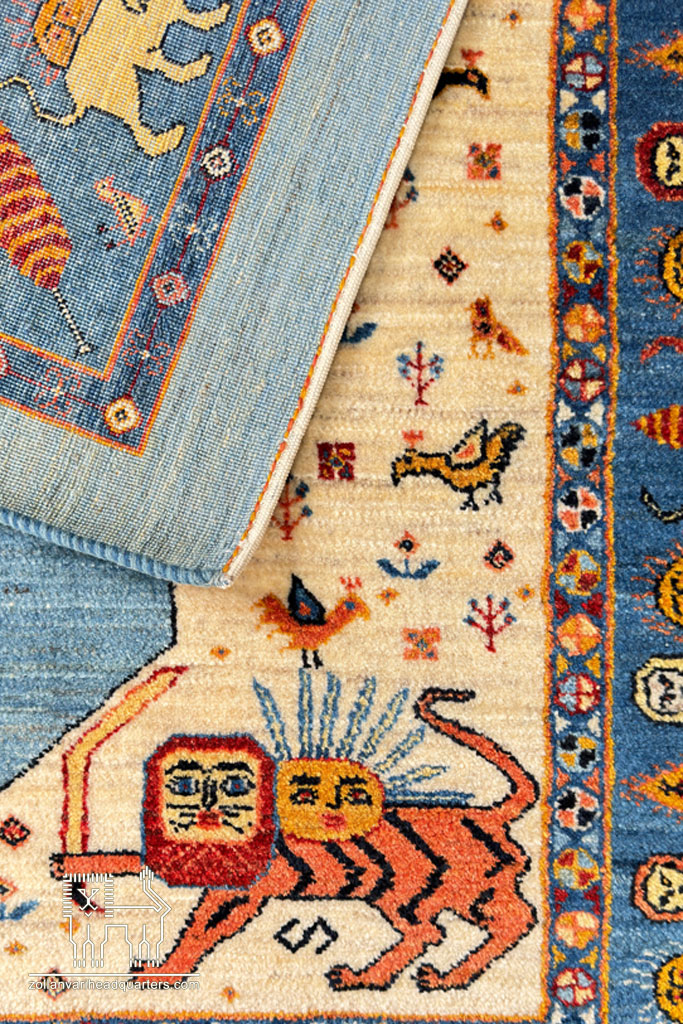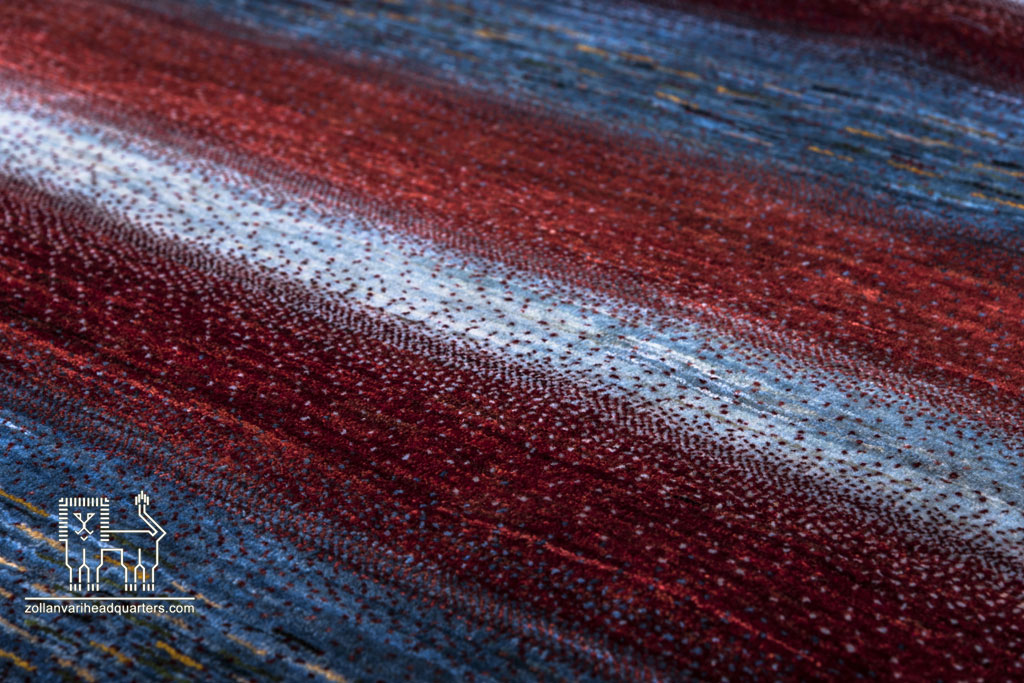From A to Z of Selling Exquisite Iranian Carpets in East Asia
Within an ancient history, the art of Iranian handmade carpets has been a shining beacon for three generations, illuminating culture enthusiasts and lovers of authentic art. Now, in light of changing tastes and the growth of decoration styles in East Asia, a golden opportunity has emerged for exquisite Iranian carpets—with the story of every knot and the essence of every pattern—to become a genuine tableau of modern Asian life. Next, alongside examining the market outlook, analyzing the tastes and expectations of Eastern customers and the adaptation of Iranian design to local spaces, practical strategies for the success of the “Zollanvari” brand in this region will be presented.
Market Outlook for Exquisite Iranian Carpets in East Asia
Before taking any action, we must understand why today, in the bustling cities of East Asia—from Tokyo to Singapore—Iranian carpets hold a prestigious place. With the growth of the middle class and the rise of the concept of private living space as a showcase of personality and taste, Eastern buyers seek products that not only have excellent quality and durability but also tell an authentic story.
Leveraging this trend means offering carpets that are not just decorative tools but symbols of success and connection to Iran’s ancient civilization. “Zollanvari” can play a prominent role in the minds of discerning customers in this market by emphasizing its three-generation heritage in weaving and providing unique authenticity certificates along with exclusive numbering of each piece. Sharing the story of each weaver and a segment of the creation process will significantly enhance the emotional value of the purchase.
Tastes and Expectations of East Asian Customers for Iranian Handmade Carpets
Understanding the temperament and expectations of Asian customers is the golden key to crafting an effective sales strategy in this region. This group values uncompromising durability and quality and wants assurance that their investment will retain its shine and beauty for many years.
Therefore, the selection of raw materials—from clear, high-quality wool to natural soft silk and chemical-free vegetable dyes—must comply with the highest international standards. Additionally, providing a detailed carpet profile that includes information such as yarn type, knot density, and weaving location, alongside a short video showing weaving stages, creates a genuine sense of participation in the creation of an artwork for the buyer. Ultimately, an after-sales service package including specialized washing, repair, and regular maintenance guarantees that the purchased Iranian carpet remains in optimal condition and strengthens customer trust for future purchases.
Design and Color Harmony with Local Spaces
Although Iranian carpets have gained worldwide fame for their Islimi and mihrab garden patterns, to penetrate the minimalist and modern homes of East Asia, they must also learn the local visual language. In Japan, homes with minimalist design and striking simplicity require carpets that harmonize with neutral tones such as cream, beige, or soft gray while subtly displaying delicate traditional patterns against a calm background.
In Seoul, with luxurious apartments and warm décor, using earthy and deep colors like maroon and burnt brown creates a pleasant and precious atmosphere that enhances a sense of belonging to a special space. In the humid and nature-loving environment of Malaysia, combining sea blue with olive green makes the handmade texture an inseparable part of the surrounding landscape. “Zollanvari” can offer customized design and color services based on visual consultation and virtual preview (AR), providing a purchase experience worthy of Iranian art and assuring customers of their choice.

Conclusion
Given the growing preference for authenticity and quality goods in East Asia, selling exquisite Iranian carpets presents an exceptional opportunity for the “Zollanvari” brand to introduce its three-generation heritage to the world. A precise understanding of the market outlook and customer needs, guaranteeing the quality of materials and weaving process, providing certificates of authenticity and effective after-sales services, and ultimately adapting traditional design and color schemes to the visual language of modern spaces are all steps that can make this brand the first choice for Asian buyers. Now is the time to build a strong bridge between pure Iranian art and modern East Asian life with pride in artistic heritage and a fresh look at the global outlook.


Write a Comment